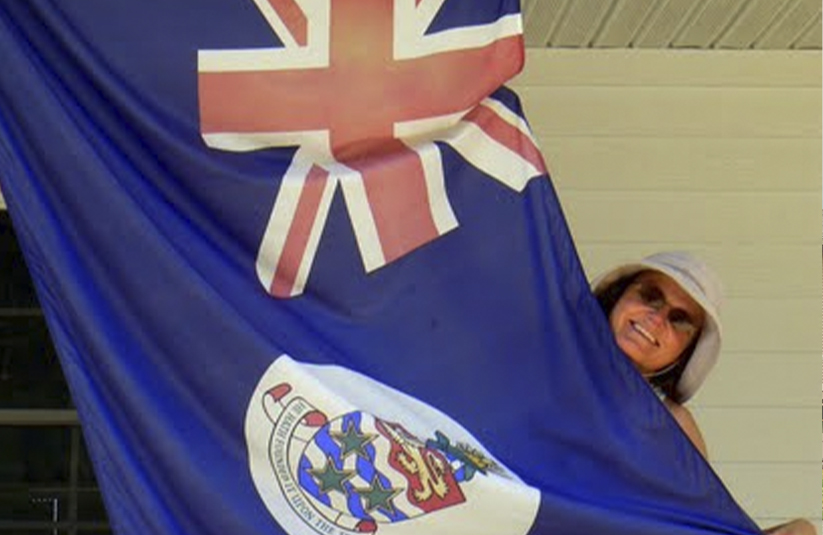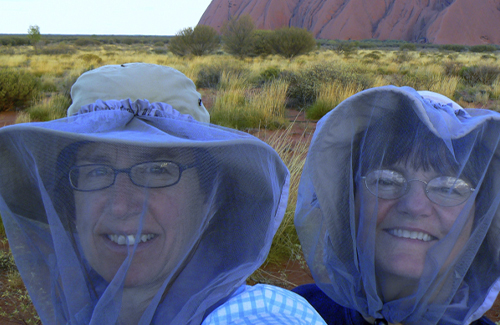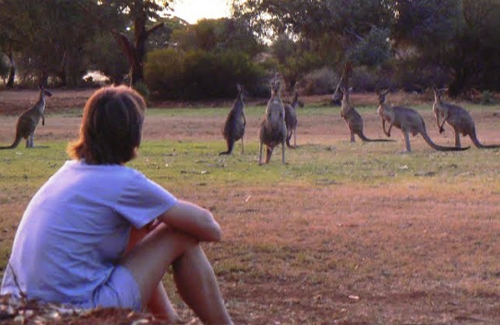
OB/GYN Dr. Kathryn Starkey discovered international locum tenens at a critical juncture in her life, when she felt burned out and in a rut. Here she shares how working locums reinvigorated her love for medicine — and herself.
I’m asked a lot what it’s like to be a U.S.-trained doctor working as an OB/GYN in Australia and New Zealand, and it’s a question I love to answer.
Finding locum tenens at a critical juncture
I’m from Buffalo, New York, and completed my OB/GYN residency at Magee Women’s Hospital at the University of Pittsburgh, Pennsylvania, in 1990. I went directly into practice that same year. In 2005, I lost my mother and realized I didn’t want to work so hard at the business side of medicine.

I had a gynecology practice in the Finger Lakes area of New York, but I had no life. I went to work early, got home late, had dinner, watched a bit of TV, went to bed, and then did it all again. I told my patients to take care of themselves, but I wasn’t taking care of myself. I had kept a postcard from Global Medical Staffing, and that inspired me to take action. I told my partner, Molly, to start planning. I then brushed up on my OB work, and in 2007, we took a locum tenens assignment with Global. It was a step that reinvigorated me, and I got my life back. Now, I just practice medicine, which I love.
What it’s like practicing medicine internationally
Since 2007, I have worked in the Caymans, on both islands in New Zealand, in two Australian states — Western Australia and Tasmania — and in Australia’s Northern Territory. I have loved each location and have traveled extensively before, during, and after assignments. I personally prefer a six-month assignment, but many, many locums work for a year or more. That’s the beauty of locum tenens: you work when you want to work, and when you’re not working? Then your time is yours.
It’s a breath of fresh air to see and learn other ways of practicing medicine. Working in the Southern Hemisphere has opened my eyes to medicine as it is practiced in other countries, including the UK, Singapore, and India. Healthcare facilities welcome American physicians’ viewpoints, but the UK Royal College Guidelines are of utmost importance in our field.
Locum tenens in Australia and New Zealand
The OB/GYN residents in New Zealand and Australia are a hard-working bunch. The hours are civilized, with morning report at 8 am, rounds at 8:30, clinics or surgery 9 – 12, and afternoon clinic or surgery from 1 pm until you go home at 4 pm. Your call is 8 am to 8 pm in labor & delivery, then the night person takes over and you go home. After a week of working nights, you generally have a week free.
Australia and New Zealand are obviously first-world countries, but I have had some third-world experiences. The Indigenous Peoples of Australia, for instance, do not embrace preventive medicine. You’ll also likely treat some of the many immigrants from Asia and the Middle East. You’ll see and care for some interesting cases here, but your U.S. training will ensure you’re up to the task.
Finding renewal exploring New Zealand and Australia
In Australia, the junior staff are equal to U.S. residents from year one to four, but they call themselves registrars and resident medical officers. All are doctors of different skill levels. Some may have been specialists in other countries but need to repeat their training to obtain full medical registration here. Some are general practitioners but want to work remotely and are up-skilling in the specialty.

Now about travel. I have ventured through much of Australia and New Zealand (and beyond). You’ll have lots of time to explore! The exotic country of Bali is a great weekend getaway. My favorite spots in Australia are Tasmania and the Bungle Bungles in Northwest Australia. Darwin is on the water and just beautiful‚ similar to Florida or even Pebble Beach in California. Weekend getaways in the Outback desert are equally beautiful. We were there in the rainy season and saw the sun a lot. For a portion of the year, we can’t swim in the ocean because of jellyfish and crocs (don’t worry, there are signs posted!), but we still enjoyed the huge 50-meter pools every day.
If you work in Australia or New Zealand, be sure to visit Uluru — also referred to as Ayer’s Rock — and ride camels, swim with whale sharks, dive the Great Barrier Reef, taste all the different wine regions, fly into remote Tasmania by bush plane. Be sure to climb the remote rocks in Kakadu Park and see rock drawings from 50,000 years ago, ride the Indian Pacific Railroad East to West or the Ghan train North to South, climb the Hanger Bridge and visit the Opera House in Sydney, descend into a gold mine, sail on an America’s Cup boat in Queenstown, hike New Zealand’s great walks, helicopter onto a glacier and walk on blue ice at Fox Glacier in New Zealand’s Southern Alps, stand next to penguins all over the place. I think I’ve made my point!
An international locum tenens assignment is the adventure of a lifetime; just keep your mind open, expect the unexpected, and learn ways to be a good guest. I missed family and friends, but I kept in touch via Skype, email, and Facebook, so I still felt connected with home.
Really, all I can say is try it!



 Back
Back